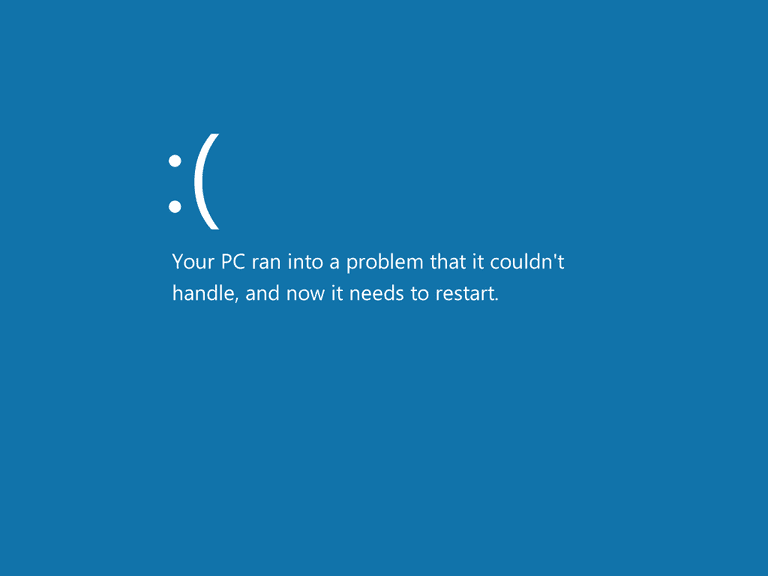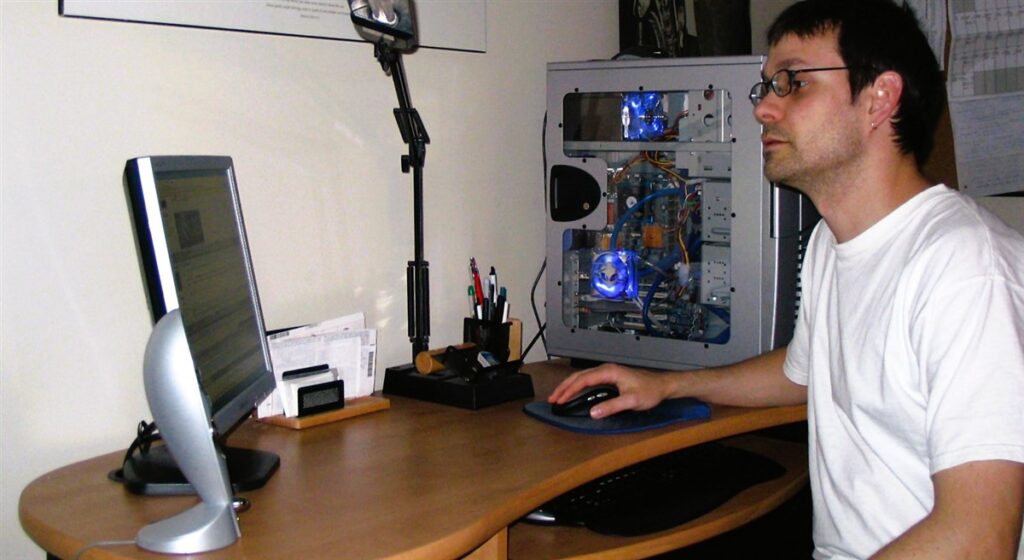Like most people, there is a love-hate relationship when it comes to using technology and using computers. Unless you are computer savvy and like to troubleshoot computer problems, it can be frustrating and intimidating to the average user. I work in the I.T. support field and I find it hard to keep up to date. Newer desktop computers and laptops running the latest operating system still crash, freeze or have peculiar glitches. Filtering through all the “techno-speak” online to find a workable solution is daunting. Before you reach out to I.T. computer support, follow these 5 key tips or “golden rules” for keeping your computer healthy and in good working condition.
Behold the magic of a reboot
Do slowdowns with RAM on your machine or do you experience inexplicable hanging? One of the first fixes I recommend after running dozens of applications at once is to free up the RAM. Windows PCS has come a long way, but some things never change. Once you use up the RAM (fast-access, volatile storage), the machine starts swapping data (paging) with the hard drive and becomes sluggish. Other times the computer will perform updates and will suspend the use of your machine; background tasks run and slow down the machine. Don’t ignore it unless you need to finish critical work. It may be time to reboot the machine! This gives you a fresh clean state by clearing up the RAM and unlocking any background processes that are running.
Check for errors and review the system log
Long-time Windows users will be familiar with this: Windows 10 and older operating systems getting a blue screen with a cryptic error code message. A Blue Screen of Death (BSOD), technically called a STOP error, occurs when Windows encounters a serious problem: it is forced to “stop” completely. Not always clear and you end up wasting time troubleshooting what it means! It could point to low memory, unseated RAM, overheating, corrupted registry or files, bad video driver etc. The handy shortcut (Cntrl-Alt-Delete) allows you to quit any misbehaving application or process that is “hogging” up your RAM. I always review the system log or Event Viewer and check the list of STOP error codes listed here. A lot of times updating Windows or rolling back a certain device driver or piece of conflicting software fixes the problem. Don’t forget to check for errors on the hard drive if you are forced to do an improper shutdown.

Rollback system and backup your system
Make any changes to your system before the crash or hanging occurs. Overloading your computer with unknown or non-reputable 3rd party applications may cause conflicts. Make sure they are compatible with your operating system and configuration. Not everything plays nicely! Major software vendors and Microsoft Windows automatically create Restore Points before installations. Restore points are snapshots of your Windows system files, certain program files, registry settings, and hardware drivers. In case things do run amok on your machine, this allows you to roll back changes or the last working state. Another tip is to backup or clone your partitions or hard drive. Create a system image and schedule regular backups to an external hard drive or media. Better safe than sorry!
Good anti-virus and security solution
Many of today’s computer problems are attributed to malware, viruses, worms, and trojans that can wreak havoc. Internet slowdowns, suspicious popups and intermittent Windows crashes are some clues that you may have an infection. The next tip is to start with a clean state: have a good firewall and anti-virus protecting your computer. Stop them in your tracks! Once you practice good browsing habits and use common sense on the Internet, these pitfalls can be avoided. If you are tight on cash, just opt for Microsoft Security Essentials (Defender) to provide comprehensive malware protection that will help guard against viruses, adware, spyware, and other malicious software. (Windows Defender if you are using Windows 10) It is not the best, so I recommend a 3rd-party like Malwarebytes alongside your antivirus for maximum protection. I use Eset NOD32 as my antivirus solution. Make sure you have the latest updates and definitions (scheduled maintenance) and run scans at boot-up or when you log in to the machine. A good idea to keep housekeeping apps on standby to clear the cache and temporary files on your machines. My favourite system cleaners are available for free and have a small memory footprint: ADW cleaner, CCleaner, ATF or you can use Microsoft Windows Disk Cleanup Tool.
Patch and update your system
“I can’t recall that last time I updated the machine”, seems like a common phrase I hear. Ignoring or postponing those Windows updates and patches will only create a “snowball” effect down the road. The key thing is to schedule the updates to run when the computer is idle or after business hours. No one wants to be interrupted! Lots of computer issues can be addressed by patching your machine. Security vulnerabilities exist so we need to “plug those holes.” 3rd party applications have auto-update features, but normally I manually apply updates myself. Often a new update can “break” something else so make sure you read the bug release notes. Even if you have the newest, fastest modern desktop computer, don’t update the machine just for the sake of updating! Software developers will add enhancements and extra features to entice you, but that may lead to extra “bloat” and other conflicts. So be careful what you install and only use trusted sources.
Computer PCs may have evolved, but they still require some maintenance. Keeping your machine patched and updated will help. Start with a good firewall and anti-virus/ anti-malware solution along with a good system cleaning utility. The causes of crashes and errors can be found online or by checking the system log files. Software and hardware can break so it is important to have a backup solution in place with some redundancy. If all else fails, try a reboot! If you know another solution to fix your computer woes, let me know in the comments.

